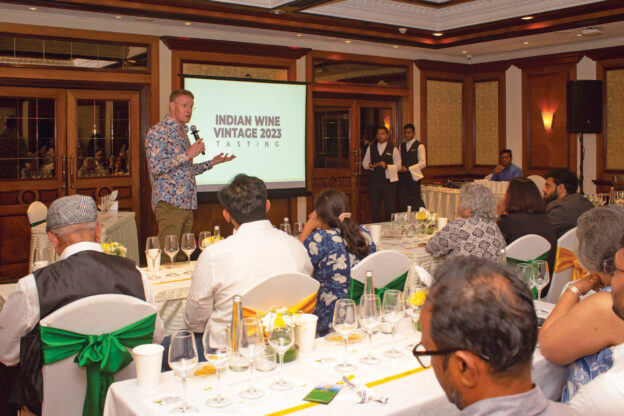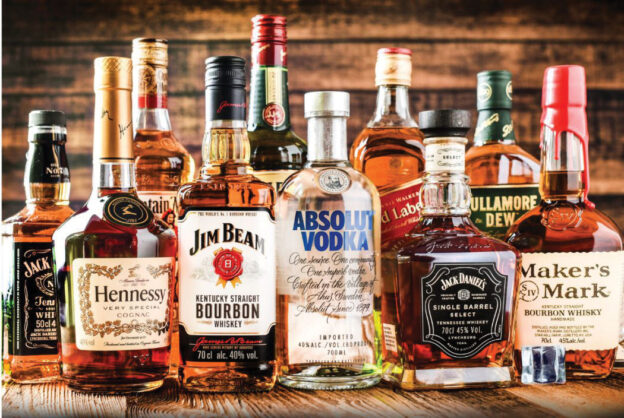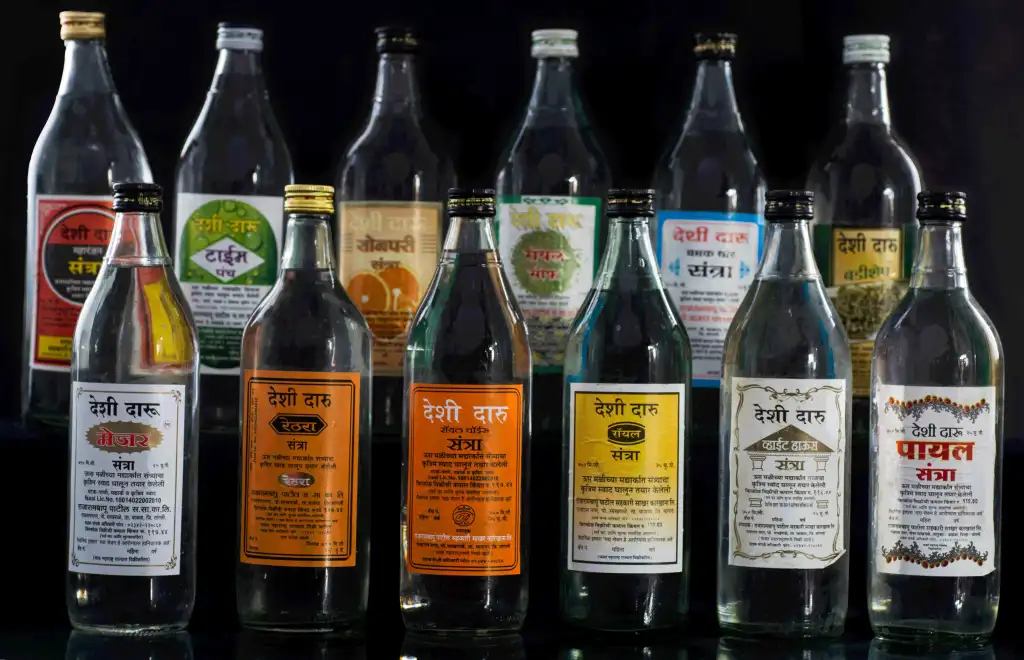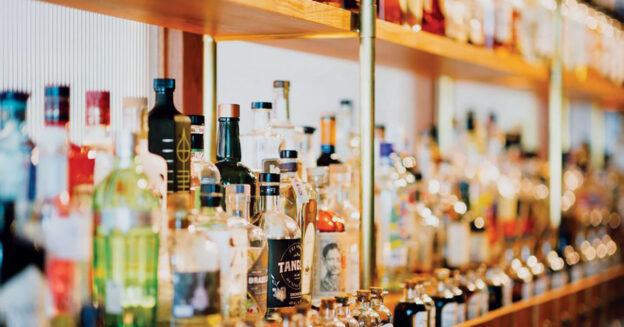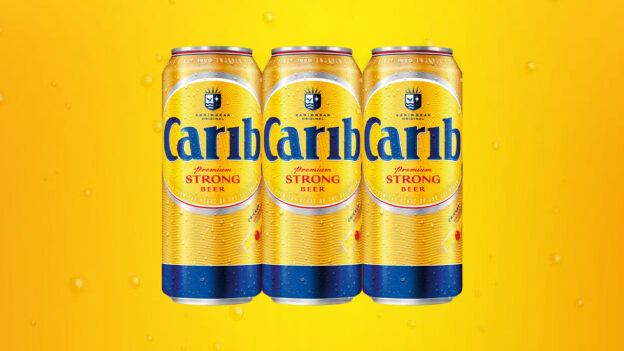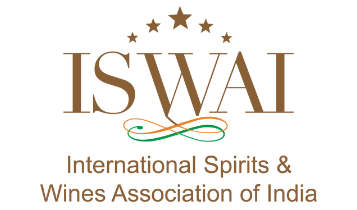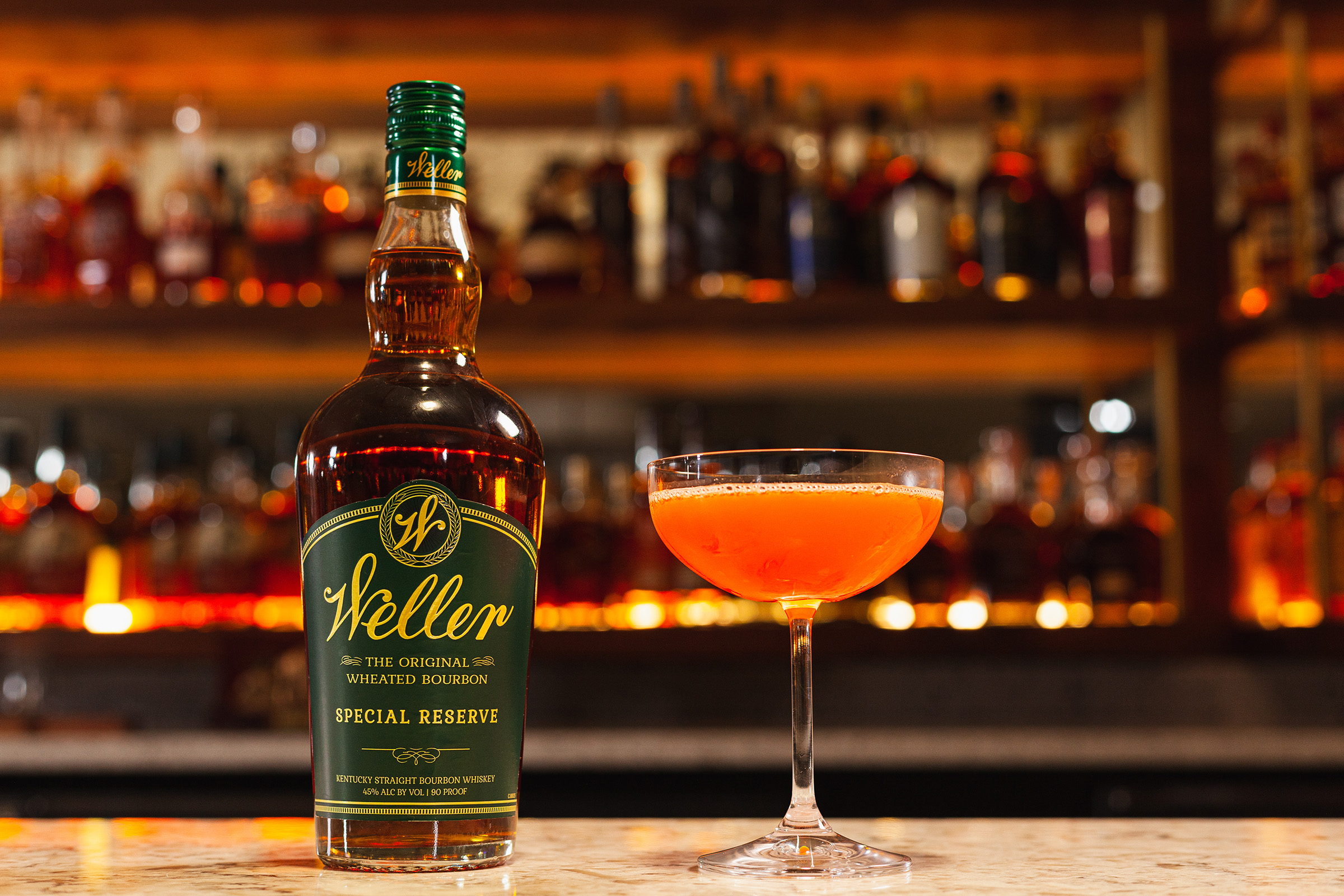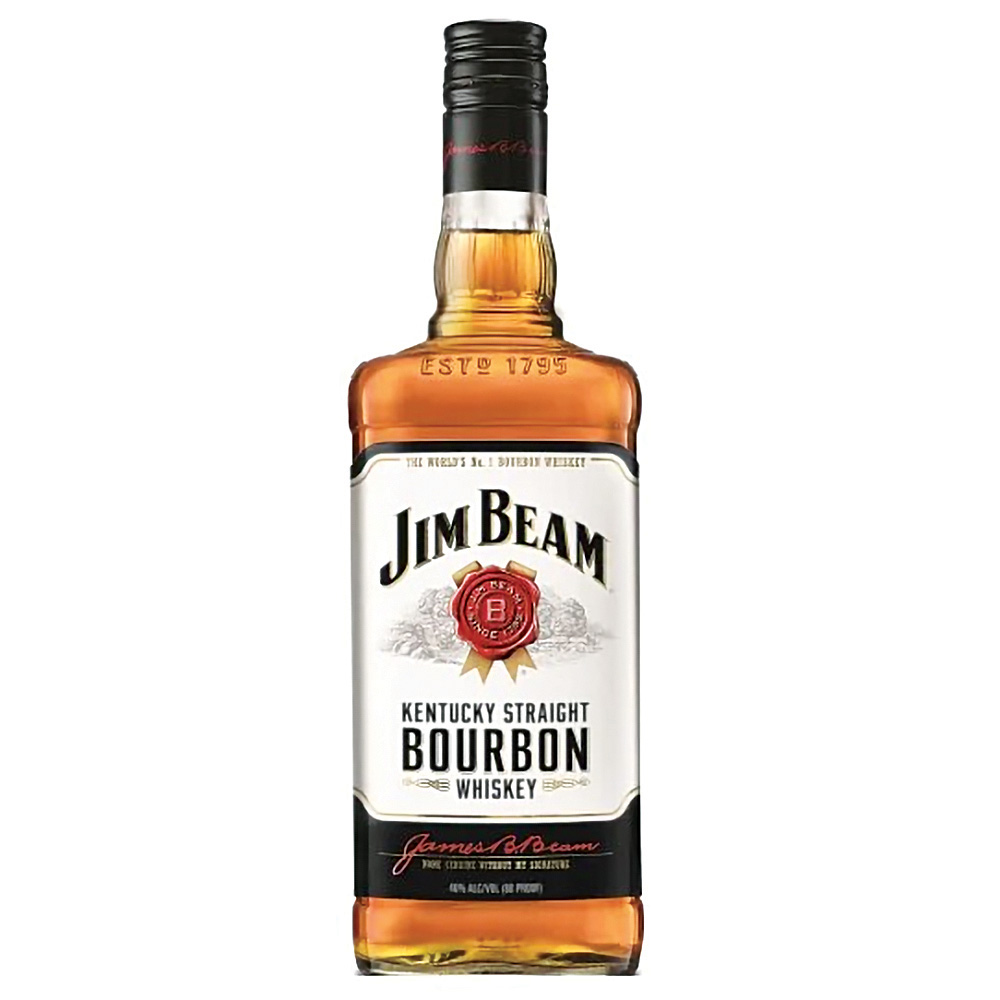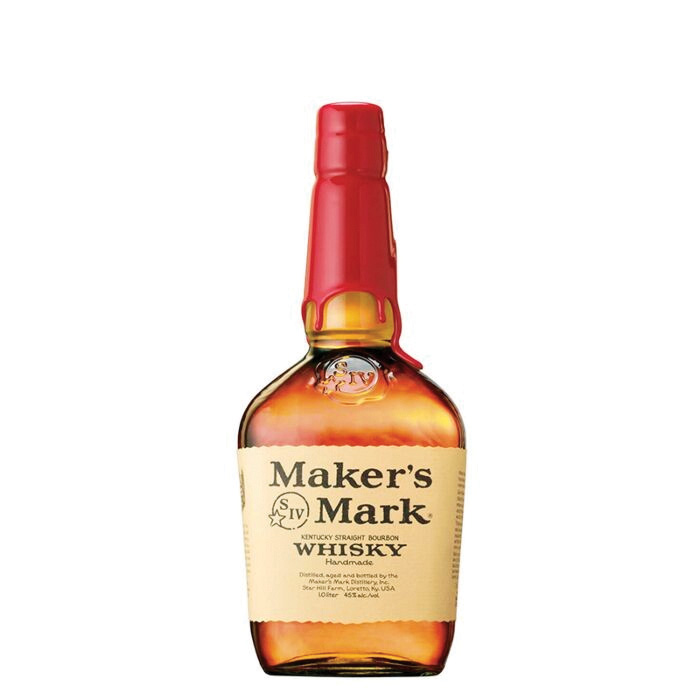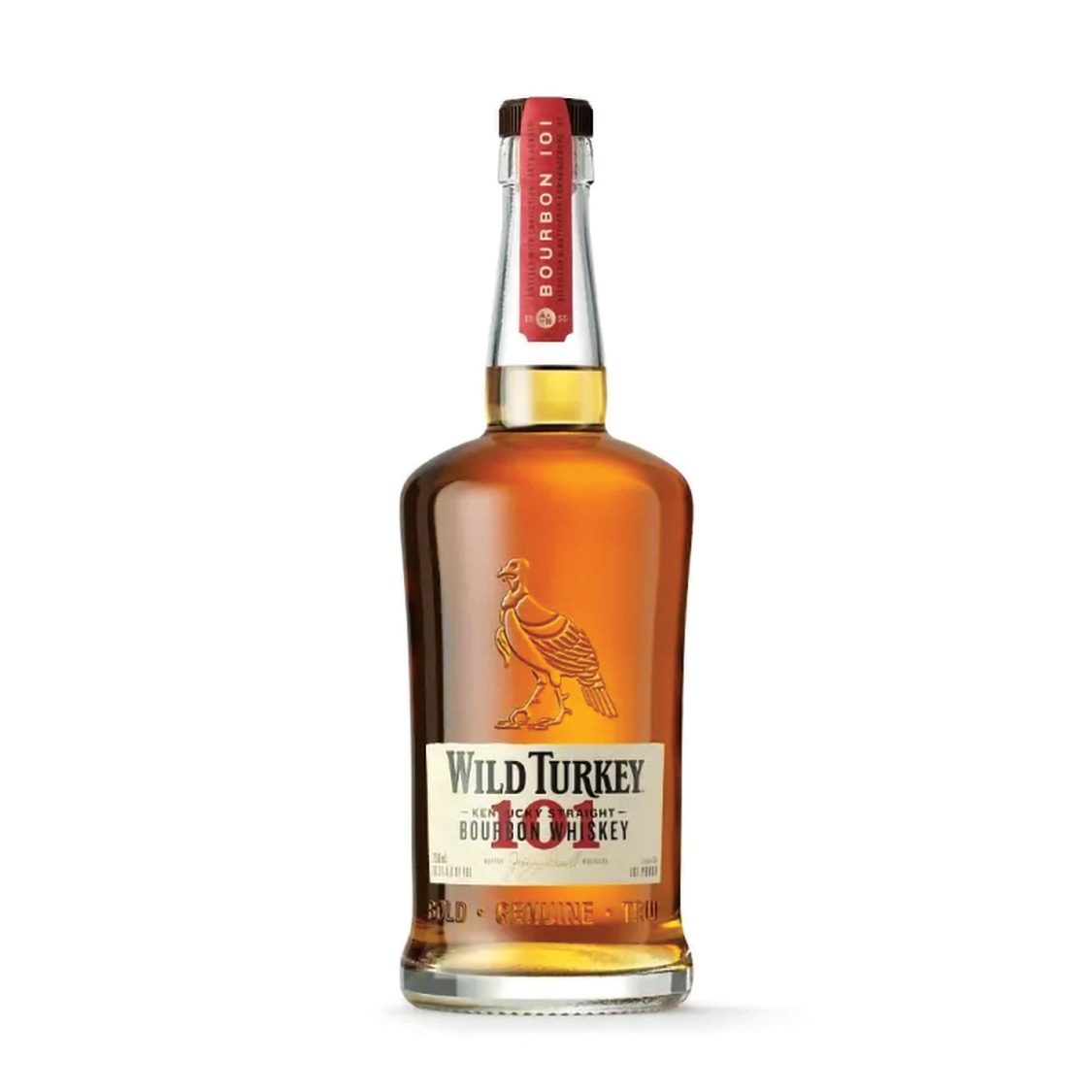Given the global disruptions the Indian wine industry can look forward to good times.
Global wine consumption declined by 3.6% year-on-year to 214 million hectolitres (mhl), while production slumped by 4.8% to 226 mhl—its lowest level since the 1960s. This concurrent drop in demand and supply signals deep-rooted structural challenges, as consumer preferences shift and climate change continues to disrupt traditional wine-making regions.
Against this global backdrop, India has quietly emerged as a bright spot. The country now commands a 2.6% share of the world’s vineyard area, buoyed by a 4.1% CAGR in expansion—contrary to global trends. However, this optimism should be tempered with realism: wine still accounts for less than 1% of India’s alcohol consumption.
The India wine market size was valued at USD 229.0 Million in 2024. Looking forward, IMARC Group estimates the market to reach USD 892.0 Million by 2033, exhibiting a CAGR of 16.30% from 2025-2033. The rising disposable incomes, evolving consumer preferences, expanding wine tourism, increasing local production, supportive government policies, growing e-commerce accessibility, and the influence of the hospitality sector are factors responsible for the increasing number of India wine market shares.
Wine Growers Association of India (WineGAI) was started with a mission to grow India’s wine industry to ₹3,000 crore by 2030 by accelerating demand, improving quality, and shaping a supportive regulatory ecosystem. The vision was to establish India as a globally respected leader in wine production and a vibrant, wine-loving nation at home.
“WineGAI began in 2023 with just seven members and have since grown into an association representing 17 wineries across the country — and we’re actively working to bring more on board so as to be truly representative of the Indian wine industry.
“We’ve got a huge challenge ahead, given the slowdown in the wine category. I truly believe that we can overcome this by banding together and contributing to the larger cause. With your cooperation and involvement, we can,” says Ashwin Rodrigues, Secretary, WineGAI.
WineGAI consists of wineries with active brands as members. Key office bearers cannot serve two consecutive terms. There are mandatory monthly meetings of the Managing Committee. Member access to an exhaustive online database of over 200 documents containing statewise policies and correspondence. Full-time professionals are hired to manage the affairs of the association.
WineGAI successfully collaborated with The Lalit Group in celebrating the 8th annual Indian Wine Day. The event was a true celebration of Indian-ness, emphasising the rich flavours of Indian cuisine and wines. The Lalit Group has been instrumental in promoting Indian wine and making it a special day for wine enthusiasts.
WineGAI has also actively supported the event, further highlighting the growth and recognition of Indian wine.
The Ministry of Food Processing Industries (MOFPI) has recently established a Committee on Alcoholic Beverages to steer the sector’s growth and development. WineGAI actively participates in this committee, contributing its expertise to the industry’s advancement.
On March 29, 2025, WineGAI and HPMF signed an MoU to work together on promoting Indian wines in the hospitality space. The aim is to build awareness among hospitality professionals, encourage the use of Indian wines in the HoReCa sector, and drive demand through knowledge-sharing and smarter purchasing decisions.
The highlight of the year was the Bandra WineOut, a 1,800 strong consumer festival that reached out to a younger audience and made wine fun!
Their cooperation under the Joint Dialogue with Australia under the FTA got stronger. India gave them duty concessions in 2022, and the Australians have promised to help them in technical know-how and various other things.
Key Market Highlights: Strong market expansion driven by evolving consumer lifestyles & growing urban affluence; Increasing preference for premium, imported, and artisanal wine varieties and Rising focus on sustainable viticulture and eco-friendly packaging solutions.
The Indian wine market is experiencing a shift towards premiumisation as consumers increasingly seek high-quality, imported, and artisanal wines. With rising disposable incomes, evolving social drinking habits, and greater exposure to global wine culture, there is growing demand for fine wines from countries like France, Italy, Australia, and Spain. Additionally, domestic wineries are expanding their premium offerings to compete with global brands, focussing on quality production, innovative blends, and vineyard tourism.
By 2025, the demand for premium and imported wines is expected to surge further, driven by urban millennials and professionals who view wine as a sophisticated lifestyle choice. This trend is also fuelling investments in wine education, wine-tasting events, and the expansion of wine retail and e-commerce channels.
India’s domestic wine industry is growing steadily, with wineries in Maharashtra, Karnataka, and Himachal Pradesh focussing on high-quality local production. Improved viticulture practices, better grape varieties, and technological advancements in winemaking are enhancing the quality and competitiveness of Indian wines. Additionally, vineyard tourism is gaining popularity, with wineries offering immersive experiences such as wine tasting, vineyard stays, and food pairings to attract enthusiasts.
By 2025, the domestic wine sector is expected to witness increased investment in infrastructure, production capabilities, and promotional activities. The government’s supportive policies, including relaxed excise duties in some states and incentives for local wine producers, are also expected to boost the market, making Indian wines more prominent in both domestic and international markets.
Sustainability is becoming a key focus in India’s wine market, with producers adopting eco-friendly practices in both winemaking and packaging. Consumers are increasingly conscious of environmental impact, driving demand for wines packaged in biodegradable materials, lightweight glass bottles, and recyclable cartons. Wineries are also adopting sustainable viticulture methods, such as organic farming, water conservation, and solar-powered production facilities.
By 2025, the shift towards sustainability is expected to accelerate, with wine brands emphasising green certifications and eco-conscious branding to appeal to environmentally aware consumers. This trend aligns with global movements towards sustainable consumption, positioning Indian wineries to attract both domestic buyers and international export opportunities.
The Indian wine market is experiencing significant growth, driven by factors like a rising middle class, urbanisation, and changing consumer preferences. While still a relatively small industry compared to spirits, Indian wine production is increasing, and the market is expected to continue its expansion. Key trends include the adoption of wine as a preferred beverage, its use as a status symbol, and the increasing perception of it as a healthier alternative to stronger alcohol.
A significant portion of the market is supplied by domestic wineries, with imports accounting for a smaller share. Wine is increasingly becoming a preferred beverage, especially among younger demographics and urban consumers.
Wine has become a symbol of sophistication and an indicator of higher social standing among some Indian consumers. Wine is perceived by some as a healthier choice compared to stronger alcoholic beverages. Wine producers are exploring new grape varieties, fermentation methods, and blending techniques to cater to evolving consumer tastes.
Major Production Regions: Maharashtra, particularly the Nashik region, is the largest wine-producing area in India, with other regions like Bangalore and Himachal Pradesh also contributing.
Regulations and Taxation: Government regulations and taxation policies can impact production costs and pricing, which is a key factor in the Indian wine market.
Impact of COVID-19: The pandemic had a temporary impact on the wine industry due to lockdowns and economic contraction, but the market has since rebounded.
Indian wineries are focussing on building strong brands to enhance their competitiveness and reach a wider consumer base.

